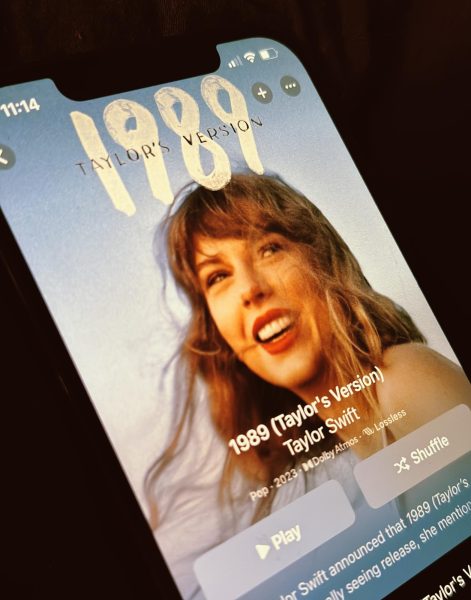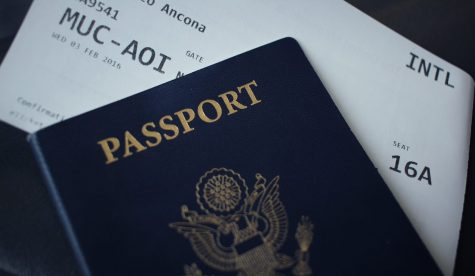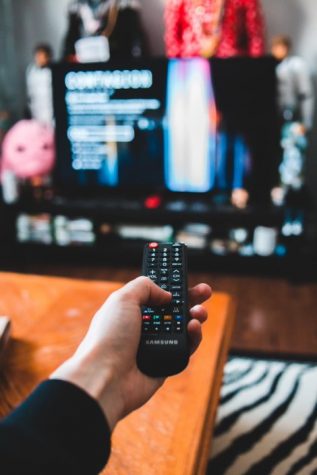Wi-Fi updates at UND
Why the changes and how it can be accessed
February 25, 2020
Recently, the University of North Dakota had an update with its Wi-Fi networks, which has some asking why the change? Madhavi Marasinghe, chief information officer (CIO) here at UND explained in detail all the changes and why it was time for an update through an email.
Before the new networks can be introduced and used by individuals, a lot of work goes into ensuring the best experience for users.
“It takes a lot of planning, coordination, and collaboration,” Marasinghe said. “We began the discussions mid-2019. This is one of those projects that impacts the entire campus. That means every member of the University Information Technology team, as well as other IT support teams, are involved in the project.”
Marasinghe discussed why it was decided that it was time for an update in the services UND provides for its students, staff, faculty and guests and compares it to the previous services that were being offered.
“The main reason for the change was to provide a better user experience with our wireless,” Marasinghe said. “Our previous access control system, SafeConnect, required us to authenticate every 90 days or so. If the user got kicked out of wireless, there were times the user was unable to log back in seamlessly. The user would have had to navigate to a non- secured HTTP site to force the SafeConnect login page. This was confusing and cumbersome that led to a lot of frustration.”
Marasinghe explains what is being currently utilized to provide a better experience for users, which will help solve technical issues faster.
“We now use Cisco Identity Service Engine (ISE),” Marasinghe said. “In addition to better user experience, security, and seamless integration, it also gives us streamlined centralized management allowing the technical staff to troubleshoot issues faster and, in some cases, proactively.”
UND currently has four Wi-Fi networks. UND Secured, UND Open, UND Guest and Eduroam on campus all having different uses. Marasinghe explains how each network works and what their intended uses are.
“UND Secured a secured network with end-to-end encryption,” Marasinghe said. “This is the preferred network for all faculty, staff, students, and affiliates with a UND (NDUS) dotted identifier. This requires a one-time setup. After that, you will not be required to log in again unless you change the password.”
For the initial setup for UND Secured, users will need to go through the UND Open or UND Guest wireless networks.
“UND Open an unsecured network for anyone with a UND (NDUS) dotted identifier,” Marasinghe said. “This network is available for devices that are not capable of handling secure wireless such as gaming devices and the Internet of Things. The user will need to re-authenticate once a day.”
Marasinghe explains how individuals visiting UND can access the Wi-Fi by connecting to a network designated for guests.
“UND Guest is an unencrypted wireless intended for campus guests who do not have a UND (NDUS) dotted identifier.” Marasinghe said. ”The user will have to register before logging in. Guests are required to authenticate every day.”
Marasinghe discusses how there is another wireless network option for students, staff and faculty on campus to utilize.
“Eduroam is another secured network available for faculty, staff, and students. This network is also available for visitors from other campuses who are eduroam members.” Marasinghe said.
“They can use their own credentials from their campus to access eduroam. Similarly, our students, faculty, and staff can use eduroam when they visit another campus that has eduroam.”
Students trying to connect to the UND Secured network will have to follow a couple of steps before utilizing the network.
“Students will have a one-time app installation setup before being able to connect to the UND Secured network.” Marasinghe said. “The SecureW2 app automates the configuration process to ensure that users are protected against rogue wi-fi hotspots accessing usernames and passwords. Step by step instructions on how to connect to each of the wireless networks is available in our knowledge base.”
Madhavi Marasinghe can be contacted at 701.777.5756 or at [email protected].
For help with Wi-Fi network issues or other problems, University Information Technology (UIT) is in the Chester Fritz Library Room 133. They can be contacted at 701.777.2222 or at [email protected]. UIT welcomes walk-ins. They are opened Monday-Thursday from 8 a.m. to 8 p.m., Friday 8 a.m. to 4:30 p.m., Saturday noon to 4 p.m. and Sunday 4 p.m. to 8 p.m.











